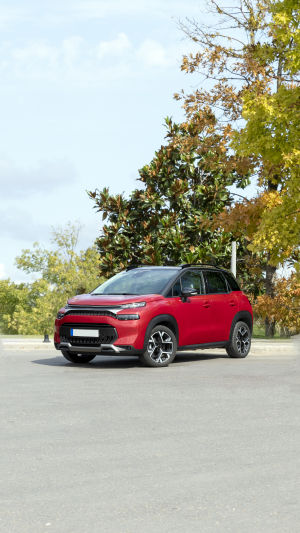An automobile is a land vehicle with a self-propelled power unit primarily for carrying passengers or goods.
Automobiles are powered by internal combustion engines, electric motors, or hybrid power systems and utilize various control systems and components for driving, acceleration, deceleration, turning, etc.
The lightweight, self-propelled wheeled road vehicle—the automobile, wasn't always like this at the inception of its invention. The development of automobiles has been a long process. Through over a hundred years of continuous improvement and innovation, it has encapsulated human wisdom and craftsmanship.
Benefiting from various industries such as petroleum, steel, aluminum, chemicals, plastics, machinery, electricity, road networks, electronics, and finance, it has propelled their development, becoming a vehicle with various forms and specifications widely used in multiple fields of socio-economic life.
In 1712, the Englishman Thomas Newcomen invented the steam engine, which did not rely on humans or animals but instead on mechanical power, known as the Newcomen steam engine.
In 1757, James Watt, a carpenter by trade, was hired as a laboratory technician at the University of Glasgow in Scotland. He had the opportunity to work with Newcomen's steam engine and became interested in it. In 1769, Watt collaborated with Bolton to invent a steam engine with a condenser. In November 1774, they collaborated again to manufacture a significant steam engine.
The steam engine has driven the development of the mechanical industry and society, laying the foundation for developing steam turbines and internal combustion engines.
In 1769, the Frenchman N.J. Cugnot manufactured the world's first steam-powered tricycle. This vehicle was named "Fardier à Vapeur" and was 7.32 meters long and 2.2 meters high, with an oversized boiler resembling a pear placed on the chassis. The front wheels had a diameter of 1.28 meters, and the rear wheels had a diameter of 1.50 meters.
It relied on the front wheels for steering and required a 15-minute stop every 12-15 minutes of travel for heating, with a running speed of 3.5-3.9 km/h. 1771, the second vehicle was built but never actually ran; it is now on display at the National Art Museum in Paris.
Although Cugnot's invention failed, it marked a watershed between ancient transportation (powered by humans, animals, or sails) and modern transportation (powered by mechanical machinery), with epoch-making significance.
By 1804, Richard Trevithick designed and manufactured a steam car that pulled a 10-ton load on a railway for 15.7 km.
In 1825, George Stephenson of England manufactured a steam omnibus with 18 seats, capable of reaching 19 km/h speeds, marking the beginning of the world's earliest public bus service.
In 1831, Walter Hancock of the United States operated a steam car, providing regular transportation services between Gloucester and Cheltenham, 15 km apart. Later, the steam engine evolved into an external combustion power source for railway vehicles and ships. People searched for lightweight power units with high power volume and power-to-weight ratios for automobiles.
The world's first automobile was successfully developed by the German Karl Benz (1844-1929) in October 1885, laying the foundation for automobile design, a framework even modern cars cannot escape. He applied for a patent for the invention of the automobile with the German Patent Office on January 29, 1886, and the patent was officially granted on November 2 of the same year.
Therefore, January 29, 1886, is recognized as the birthdate of the world's automobile, and Benz's patent certificate became the world's first automobile patent certificate.
With the continuous development of the automotive industry, today's automobiles are not limited to aspects such as "practical" and "economic." Technologies such as facial recognition and gesture control are no longer surprising, and high-tech configurations such as eye awakening, transparent A-pillars, and biometric keys have appeared successively on new cars.
It is believed that future automobiles will bring even more exciting user experiences; perhaps one day, they will sprout "wings"!





